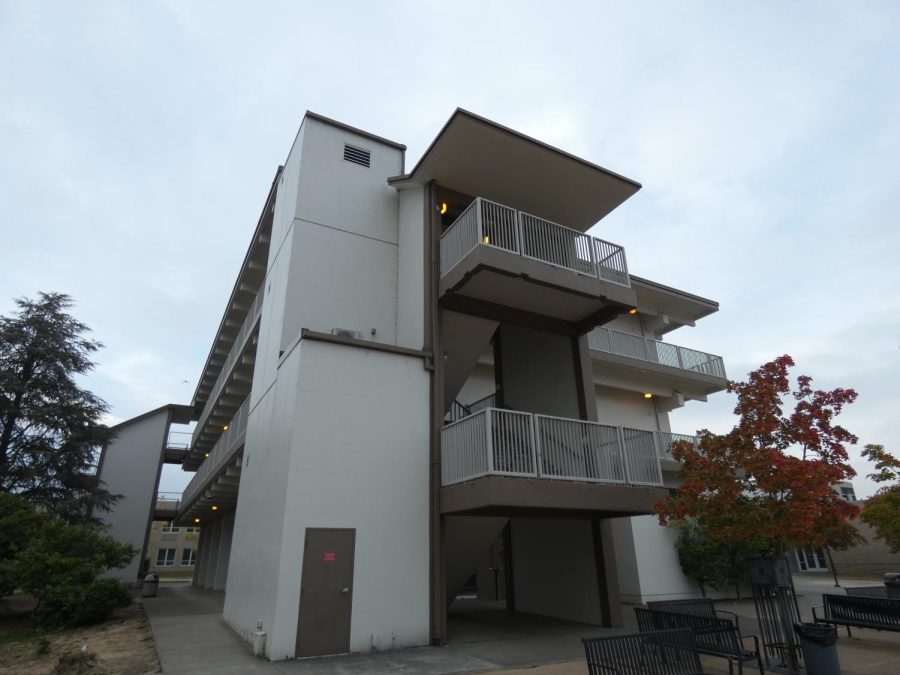The loss of architectural beauty
People have been noticing that architecture has been changing since the 1950s. There is less color, personality and identity.
Well, it all started with architectural modernism. In 1918, an Austrian modernist, Adolf Loos, argued that to decorate a building with anything “pretty” was a sin against the functional building. He takes on the form that follows function rules. After World War 1, housing became a big problem. To fix this, mass produced blueprints, a “one size fits all,” were made to help the housing crisis. All those buildings were in a modern aesthetic because it was cheap and easy to make the same thing.
What is actual beauty anyways? It’s not about what looks beautiful to an individual, but what the art reflects the identity and individualism of a community, neighborhood, or a country. If we have boring colors we are showing we are a boring city/state or even a school. It doesn’t reflect what is actually going on deeper, and that is the beauty we should focus on.
Of course, having a place to live is the most important issue, and when housing development planners have to think about beautifying neighborhoods, it changes the speed of construction, making the process a lot slower. With this in mind, many believe that shelter is a need that should be prioritized over architectural beauty, and mass production was cheap and easy during the post-war housing crisis.
But America no longer has such an extreme housing crisis. There is still a shortage, but nowhere near the same extent as the 1940s and 50s. True, architectural beauty takes more time and effort and may be more expensive. This means that only the rich get to experience architectural beauty, when it should be an option for everyone regardless of income.
Worse, seeing ugly buildings everyday can be internalized into negative emotions, making people more depressed and bored, as well as destroying solidarity in communities. Perhaps this is why people love things that are “aesthetic.” It makes us happy.
How can we fix this discrepancy? According to Olisunria, “post secondary architecture programs can mandate students to take a neuroaesthetics course so architecture students recognize the importance of considering beauty alongside function.”
Our school is not exempt from this discussion. We have a wide variety of building styles on campus. Two of the ugliest were built in the mid-twentieth century. When asked what could make our school look better, RHS junior Max Attebury said, “Fix the Commons. We see it all the time; it’s so boring and gray.” Max added that we should have “art around that not only would be fun for art students, but would be for us to see what we are capable of.”
This story originally appeared in the print edition of the Orange R in December 2023.
Your donation will support the student journalists of Roseburg High School. Your contribution will allow us to purchase equipment and cover our annual website hosting costs.

